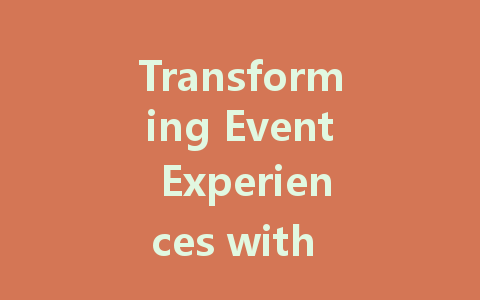
In the world of events, whether it’s a corporate seminar, a product launch, a concert, or a festival, the significance of captivating visuals cannot be overstated. As technology progresses, LED displays have emerged as a critical element in transforming the way we present information and engage audiences. In this article, we will explore the numerous benefits of using advanced LED displays and how they can redefine event experiences.
The Advantages of LED Displays
LED displays offer distinct advantages that enhance both visual appeal and audience engagement. Here are some key benefits that make them an ideal choice for events:
One of the most significant advantages of LED displays is their superior brightness and clarity. LEDs emit vibrant colors and high contrasts, which make them visible even in bright conditions. This quality ensures that every attendee, regardless of their location, can enjoy the visuals, making it easier to convey messages effectively.
Flexible LED displays can be configured into various shapes and sizes, allowing for creative designs that cater to specific event themes. From seamless video walls that wrap around stages to mobile display units that can be moved as needed, the versatility of LED displays paves the way for innovative presentations and installations.
With advancements in technology, LED displays now offer an array of resolutions, including 4K and even 8K options. This high level of detail makes them perfect for displaying intricate designs, high-definition videos, and live feeds. The crystal-clear imagery captures attention and leaves a lasting impression on attendees.
Compared to traditional display technologies, LED displays are energy-efficient, consuming significantly less power. This means organizations can reduce their energy costs during events while also minimizing their environmental impact—a vital consideration in today’s eco-conscious society.
LED displays are built to last, with robust designs that withstand the rigors of both indoor and outdoor events. Their durability reduces maintenance issues, allowing event planners to focus on delivering an unforgettable experience without worrying about equipment failures.
Creative Use Cases for Events
The versatility of LED displays opens the door to various creative applications. Here are some popular use cases:
Incorporating interactive elements into presentations can significantly enhance audience engagement. From touch-sensitive displays to motion-activated screens, interactive LED displays can be used for polls, quizzes, or live feedback, making the event more dynamic and participatory.
LED displays are invaluable for broadcasting live events to audiences beyond those physically present. Whether it’s a concert, sports game, or a corporate announcement, large LED screens provide an immersive experience for remote viewers, ensuring they feel a part of the action.
Events can now seamlessly integrate social media feeds onto LED displays. By showcasing posts, tweets, and live comments during the event, planners can create a sense of community and encourage attendees to actively engage with both the event and its online presence.
Creative use of LED displays can transform event spaces into immersive environments. By wrapping walls or stages with LED screens, event organizers can create captivating backdrops that transport audiences into different worlds, enhancing the overall atmosphere.
Conclusion
As technology continues to evolve, the role of LED displays in transforming event experiences grows even more significant. Their brightness, flexibility, high resolution, energy efficiency, and durability make them an essential tool for modern event planners. By leveraging the creative possibilities offered by advanced LED displays, organizations can captivate audiences, facilitate engagement, and deliver unforgettable experiences that resonate long after the event concludes. Embracing this cutting-edge technology is not just a trend—it’s a strategic decision that can elevate the impact of any event.